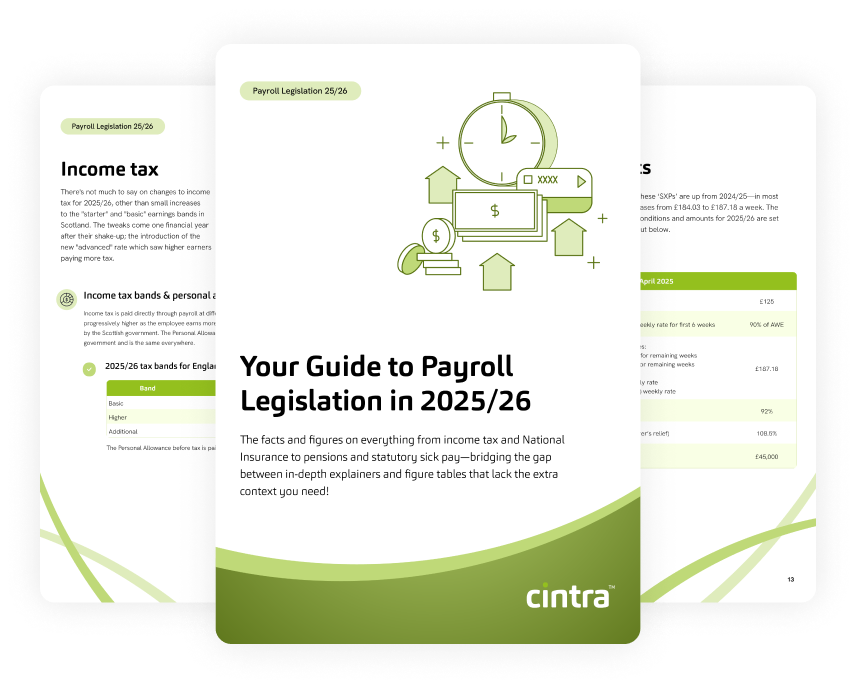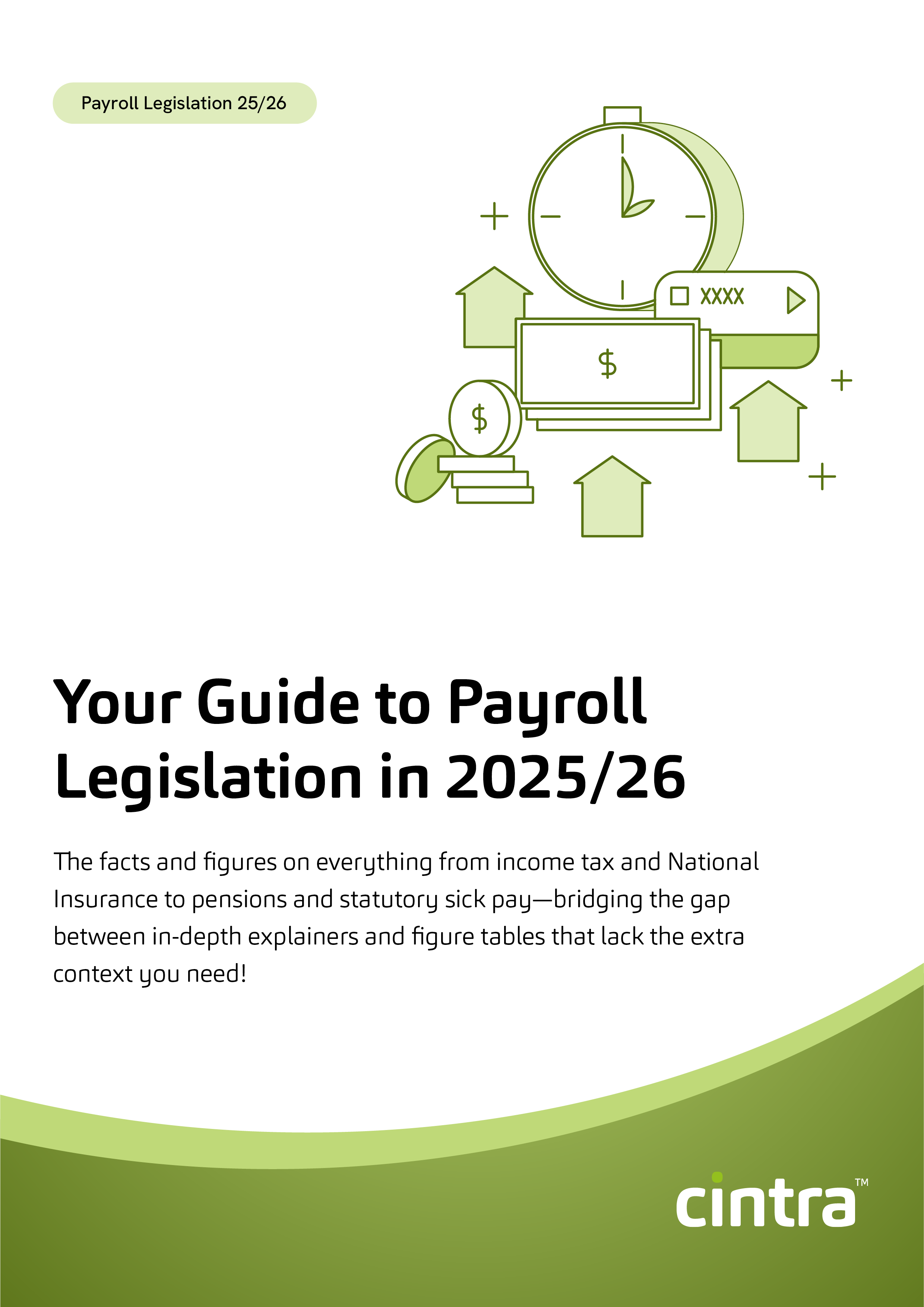It’s your responsibility to pay your employees for their hard work. At times, you may feel inclined to offer a token of appreciation to acknowledge their extra efforts. This gesture often takes the form of a one-time bonus. Though more frequently, it entails ongoing benefits aimed at enhancing employee productivity, engagement, and retention.
This employee benefit could be a new phone to make sales calls, or a company car to visit a client. It doesn’t really matter what it is, whether it’s work-related, health-related, or aids in the employee’s self-development, as long as it contributes to their job performance and that you’ve made your Class 1A National Insurance contributions (NICs) when they are due.
Our blog will give you all the info you need on what Class 1A NICs are and the different payment methods available to you.
What are Class 1A NICs?
As an employer, you make Class 1A National Insurance Contributions (NICs) for most benefits provided to your employees, such as private medical insurance. Class 1A NICs are paid by you, not deducted from your employees’ salaries.
You must pay Class 1A NICs for:
- Directors and certain senior employees.
- Regular employees.
- Family members or household members of the above, who also receive benefits.
And certain conditions must be met for Class 1A NICs to apply:
- The benefit must not already incur a Class 1 NICs liability.
- The benefit must be related to employment.
- The benefit must be subject to Income Tax.
There is an exemption when it comes to “smaller” benefits (costing £50 or less) for things like taking an employee out to celebrate their birthday.
What benefits are subject to Class 1A NICs?
Here are some examples of benefits that attract Class 1A National Insurance:
- Company cars.
- Living accommodation.
- Private medical insurance.
- Termination awards exceeding the £30,000 threshold that have not already been subject to class 1 NICs deductions.
- Beneficial loans
When are you exempt from paying Class 1A NICs?
You don’t have to pay Class 1A National Insurance contributions if:
- Your employee receives a non-taxable benefit in kind.
- The beneficiary does not meet the criteria for “employed earner”.
- The benefit is included in a PAYE settlement agreement.
Get the latest insights and best practice guides, direct to your inbox.
How to calculate Class 1A NICs
Calculating Class 1A National Insurance is fairly straightforward.
First, determine the total taxable value of the benefit provided to your employees. Then, multiply this total by the Class 1A National Insurance rate, which is 15%.
Let’s take a look at an example:
If you provided £8,000 worth of private medical insurance for the tax year, your Class 1A National Insurance amount will be £8,000 x 15% = £1,200.
How to report your contributions
To report Class 1A NICs to HMRC, you need to submit a P11D(b) form by the 6th of July following the end of the tax year.
This form provides HMRC with details about the value of taxable benefits and the corresponding amount of Class 1A National Insurance owed.
When to pay your contributions
So, here’s where it starts to get complicated.
Depending on what your Class 1A National Insurance contributions are for: Benefits in kind (BIK) or termination awards, the deadline is different.
For benefits in kind
You must pay your employers’ Class 1A National Insurance for work benefits by July 22nd each year for the previous tax year. If you are paying by post, the deadline changes to July 19th.
It’s also worth noting that from April 2026, the payrolling of BIKs will become mandatory – removing the need for you to complete annual P11D forms. For more information on how this will impact you read Payrolling of BIKs to Become Mandatory from 2026: What you Need to Know
For termination awards
You must pay Class 1A National Insurance on termination awards when you pay your PAYE bill, whether its monthly or quarterly.
How to pay your contributions
You can use the following bank details to pay HM Revenue and Customs (HMRC):
Sort Code: 08 32 10
Account Number: 12001039
Account Name: HMRC Cumbernauld
This is where it continues to be complicated: Your payment reference number will be composed of 17 characters, the initial 13 being your Accounts Office reference number – which can be found on the letter you received from HMRC when you first registered as an employer – and the last 4 digits will consist of the tax year you are intending to pay for, followed by ‘13’.
This example should make things clearer:
Let’s imagine you wanted to make a payment in July 2023 for the previous tax year. Your payment reference number would be: 123PA000123452313 (note the final four digits ‘2313’ refer to the 2022 to 2023 tax year, followed by ‘13’)
Before making a payment, it’s a good idea to check your bank’s transaction limits and processing times.
Here’s a general guideline:
- Faster Payments, which are payments you can make online, over the phone or from a bank, will typically reach HMRC on the same or next day.
- CHAPS payments should reach HMRC on the same working day (if made within your bank’s processing times).
- Bacs payments usually take at least three working days to reach HMRC.
If you want to send cheques by post
When sending a cheque by post to pay HMRC for Class 1A NICs, ensure to use the correct address and allow at least three days for processing.
HMRC
Direct
BX5 5BD
When paying by cheque, make it payable to ‘HM Revenue and Customs only’ and write your 11-character payment reference on the back of the cheque. This is your 10-digit Unique Taxpayer Reference (UTR) followed by the letter ‘K’. You’ll find this on your payslip.
It’s also worth noting that any incorrect information on the cheque can cause payment delays.
If you are making overseas payments
If you intend to use an overseas bank account to pay employers’ Class 1A National Insurance to HMRC, you will need to use the following details:
Account number (IBAN): GB62BARC20114770297690
Bank Identifier Code (BIC): BARCGB22
Account name: HMRC Cumbernauld
HMRC banking address: Barclays Bank PLC, 1 Churchill Place, London, United Kingdom, E14 5HP
There are three ways you can make overseas payments:
- By debit or corporate credit card: If you decide to pay online with a corporate credit card, you should know there’s a non-refundable fee. You should also ensure your payment is made in full to the ‘HMRC Cumbernauld’ office using your 17-character payment reference.
- By direct debit: You can make a single payment via your HMRC online account. Again, ensure to include your 17-character payment reference.
- By paying at a bank or building society branch: To make a payment by cash or cheque at your bank or building society, you must use your Class 1A payslip. The cheque should be made payable to ‘HM Revenue and Customs only’.
How to check if HMRC received your payment
There are a few ways you can see if your payment has gone through:
- Check your bank or building society statement (it will indicate whether the payment has been debited from your account).
- Check your HMRC online account.
- Request a receipt (if you’re sending the payment by mail).
Still in need of help?
We get it, it’s a lot for you to wrap your head around. But don’t worry, with Cintra you’re in safe hands, as our powerful, cloud-based payroll software can efficiently handle all your BIKs. Book a demo today to see how we can help.

Payroll Legislation Guide
The facts, figures, thresholds and allowances for 2025/26 spanning tax, National Insurance, pensions, statutory payments and more.
Download now


